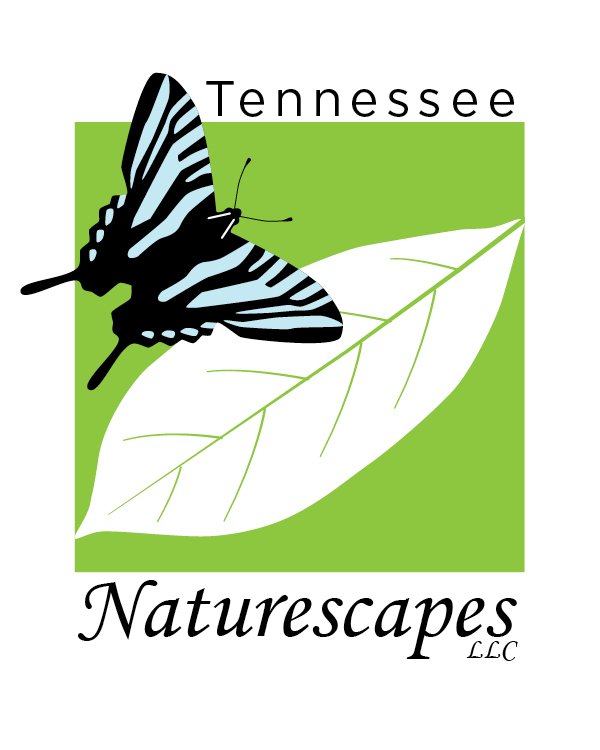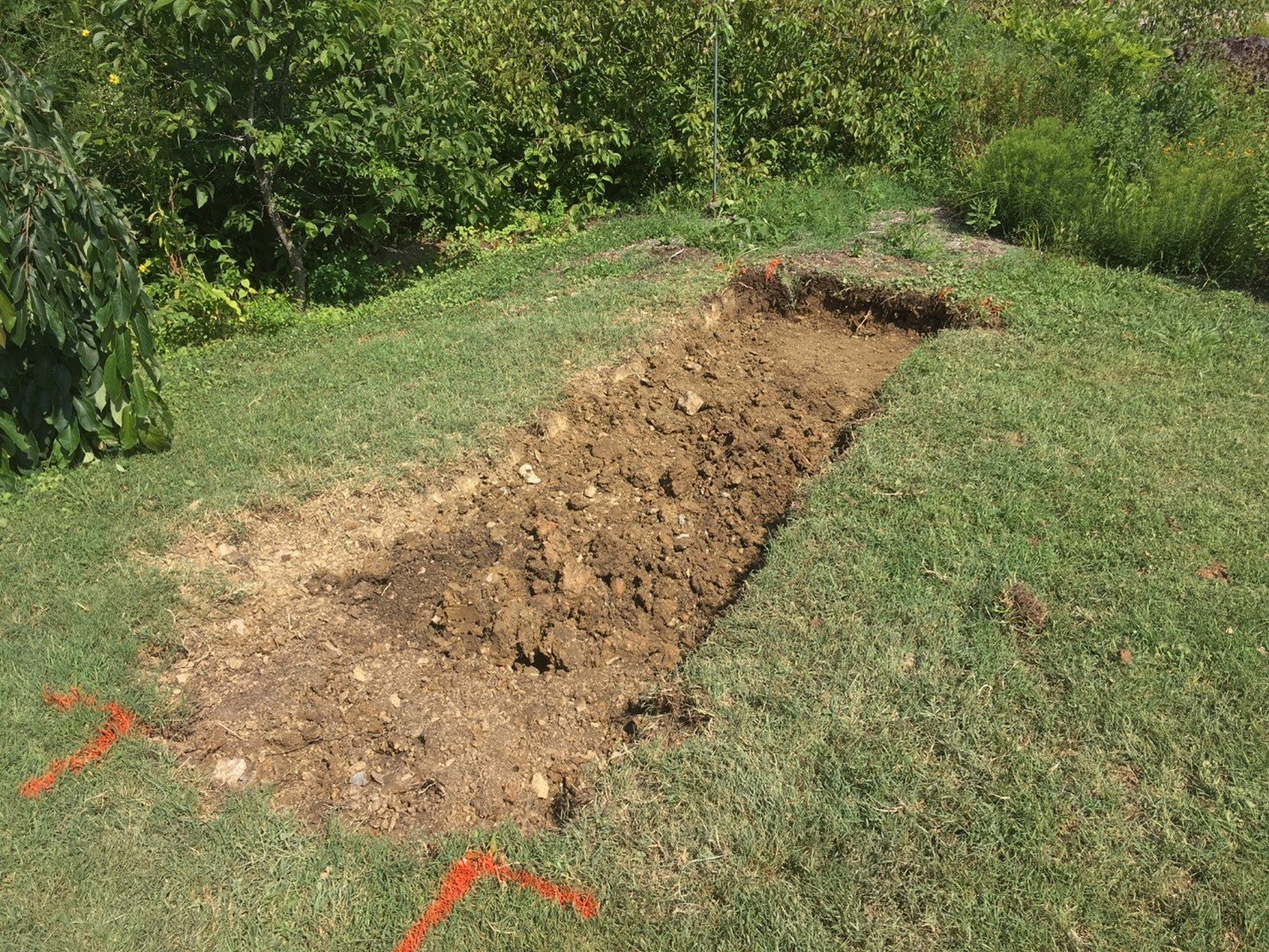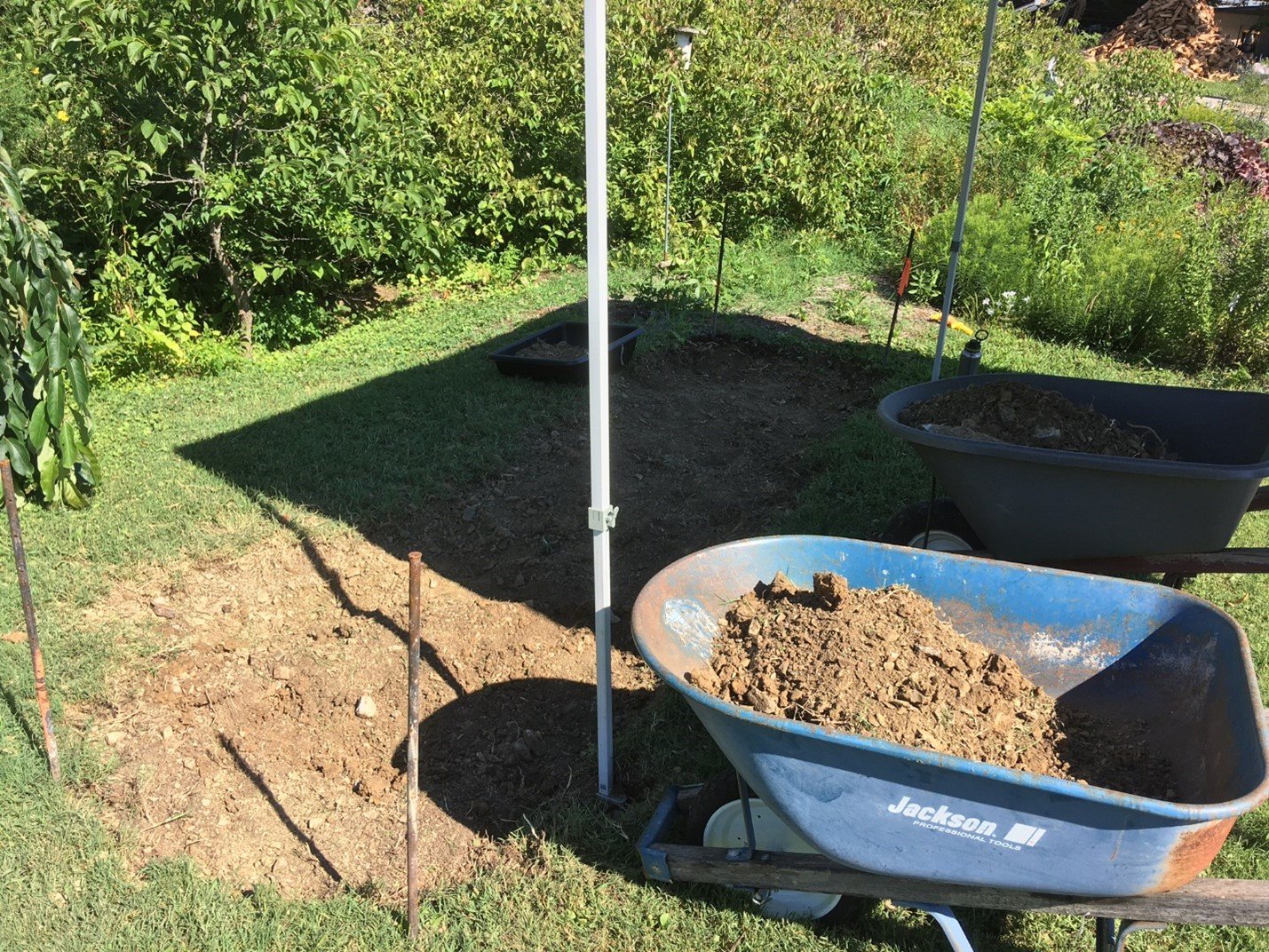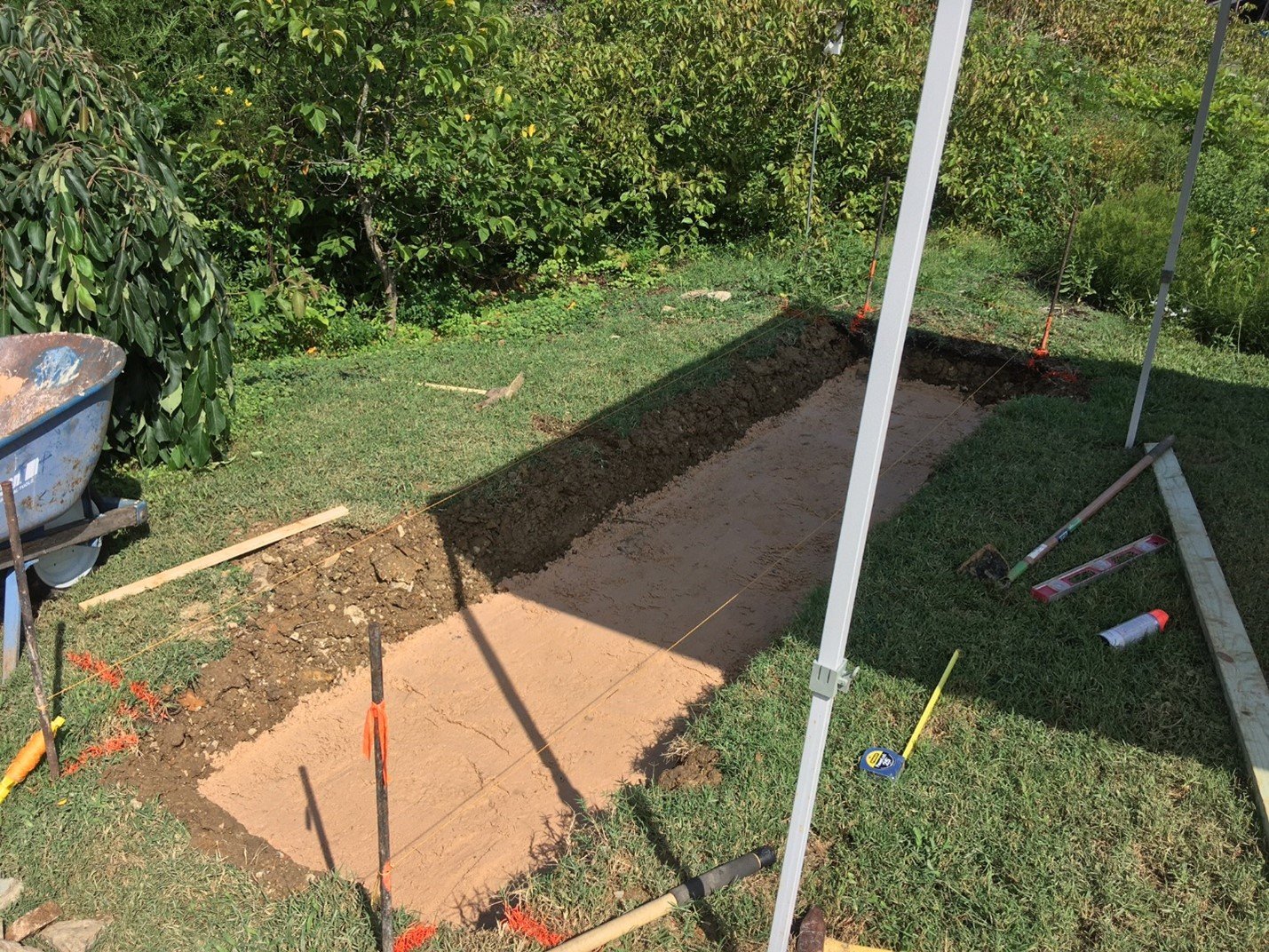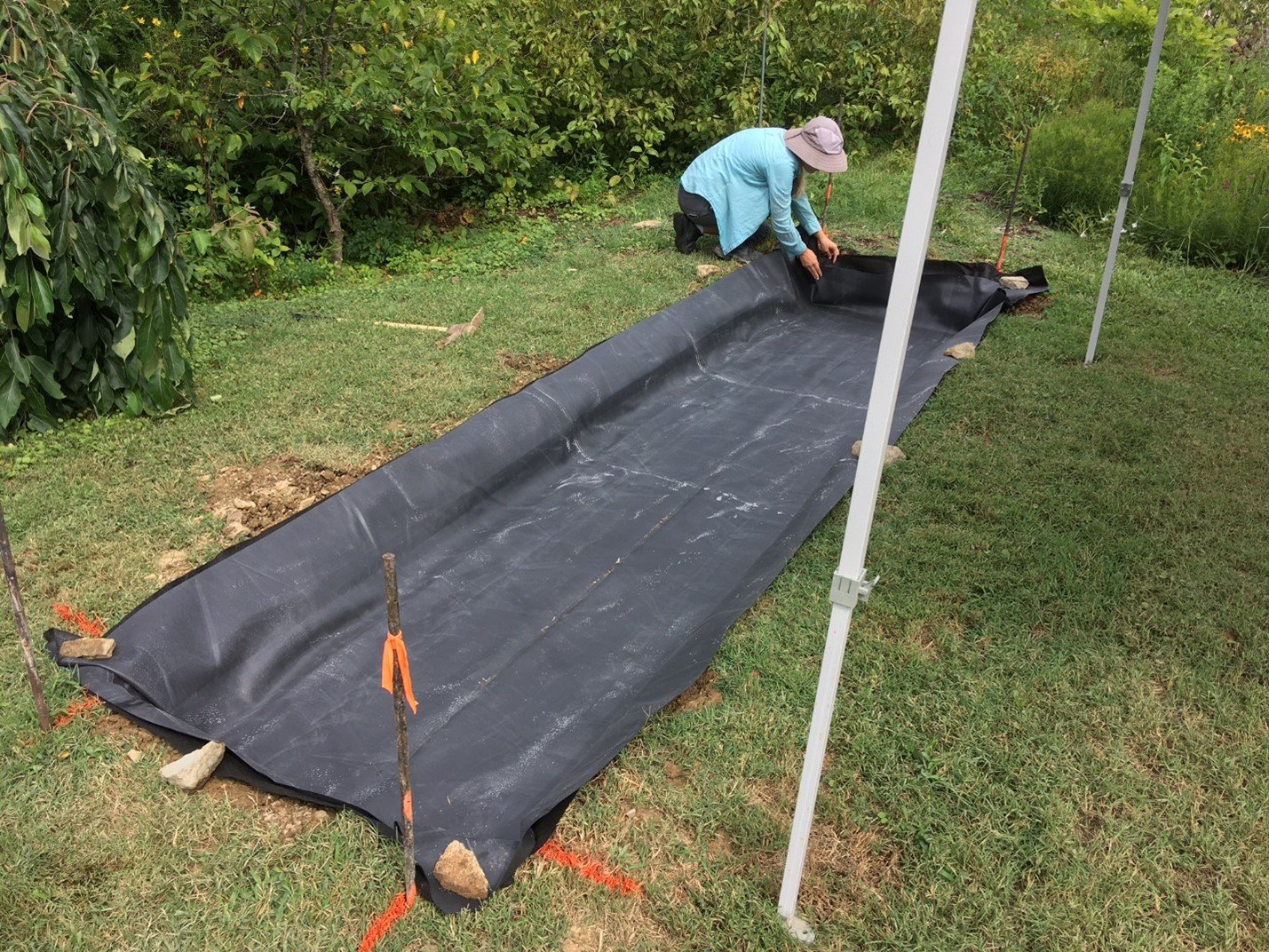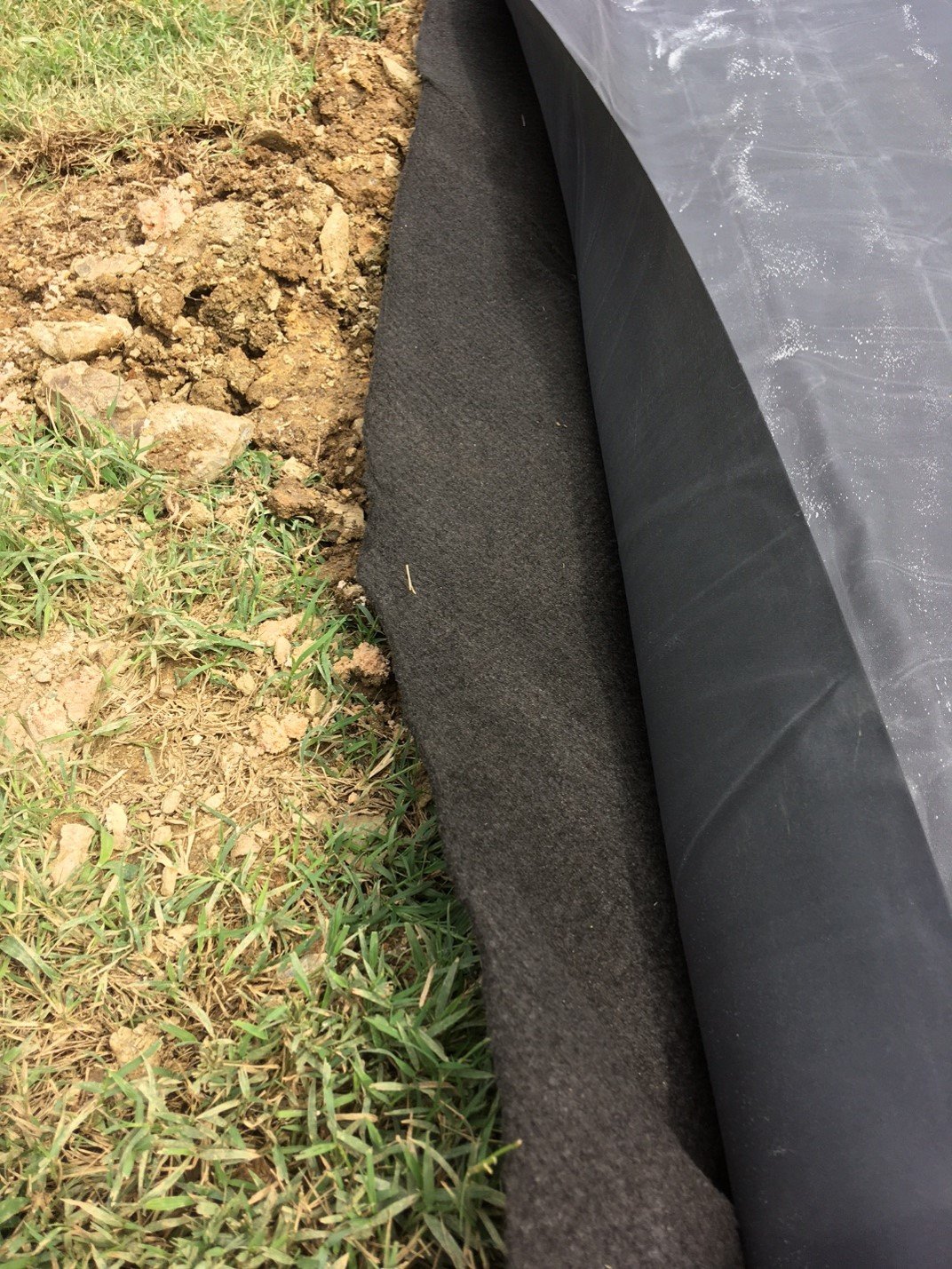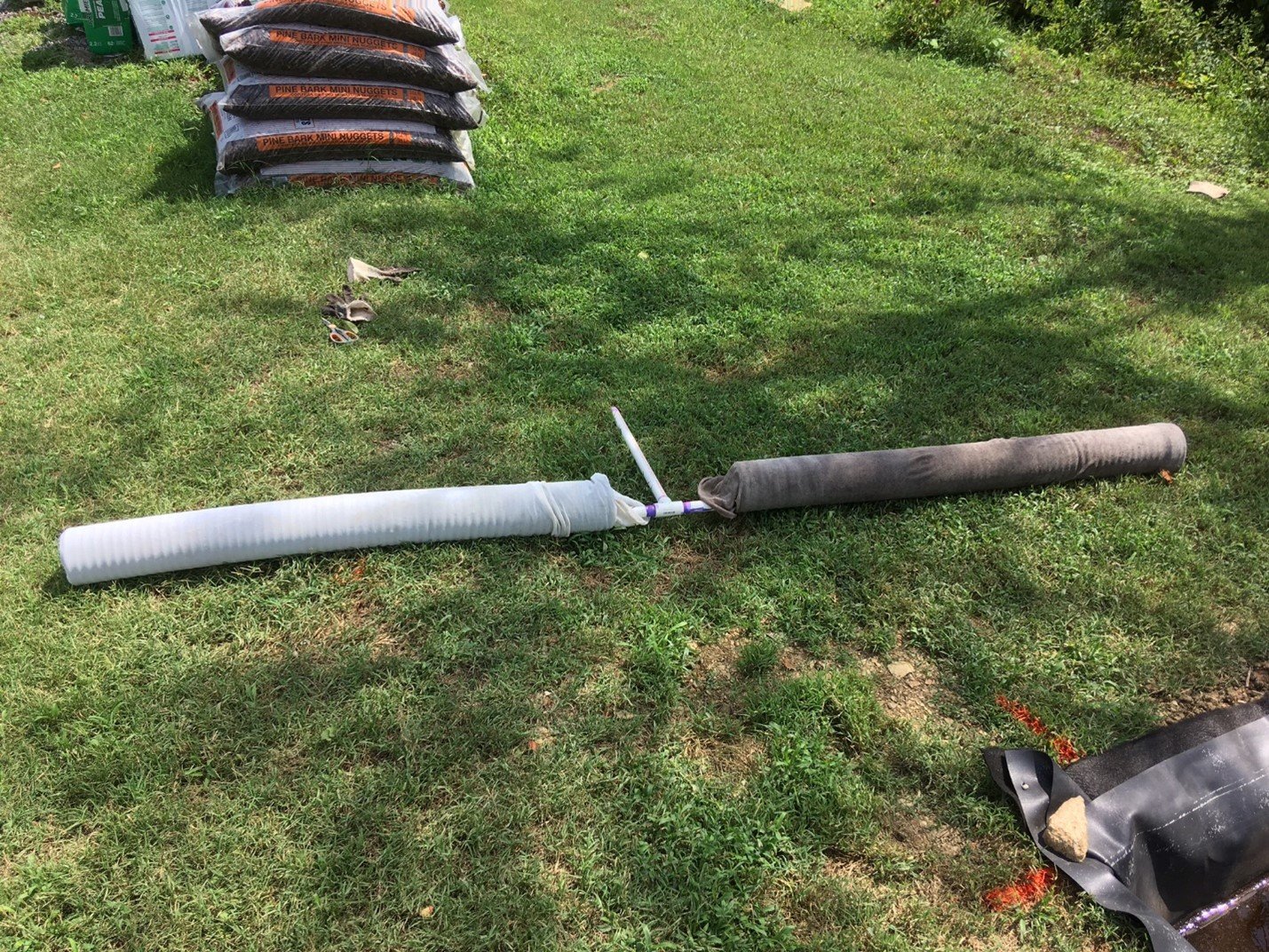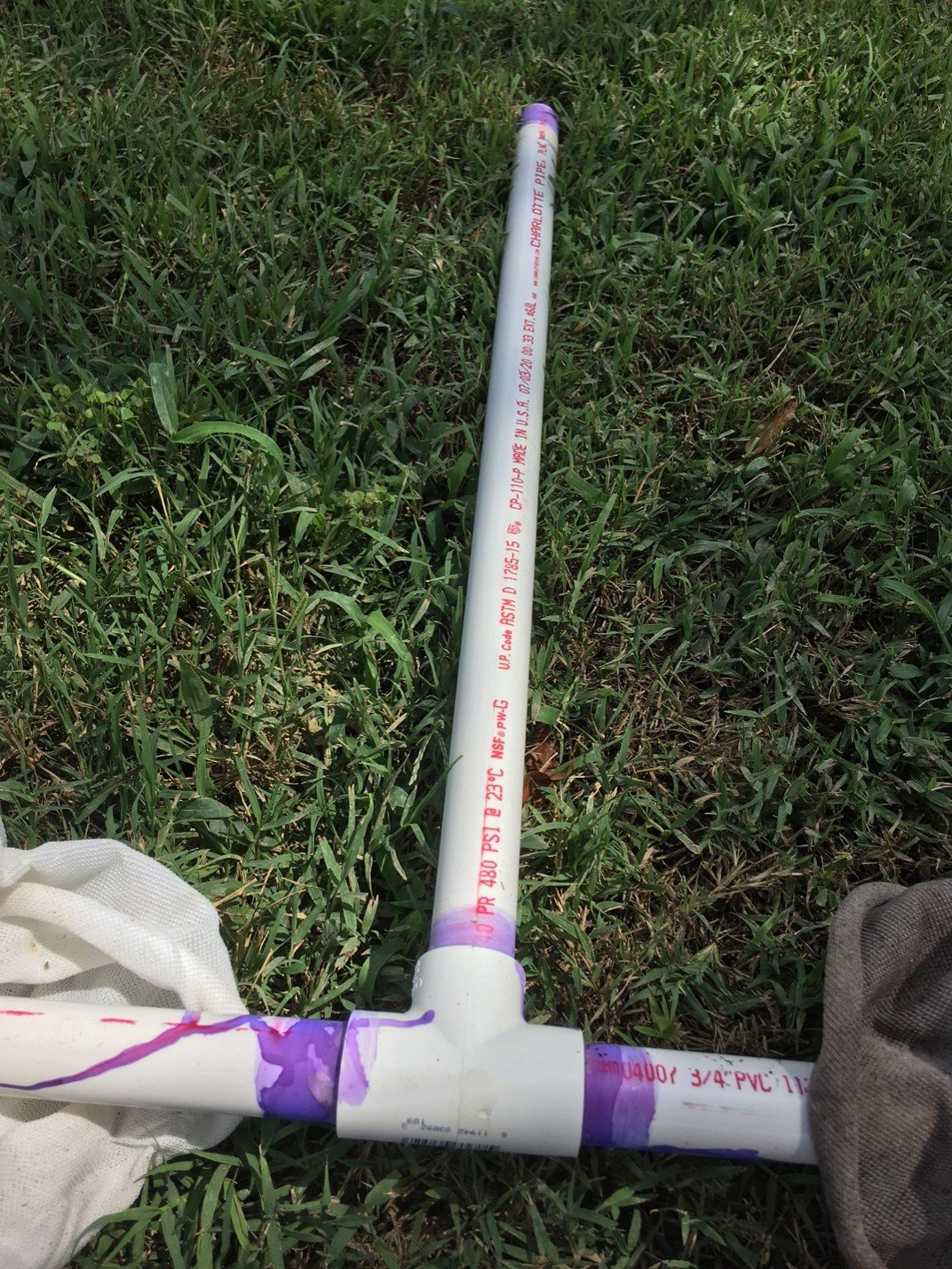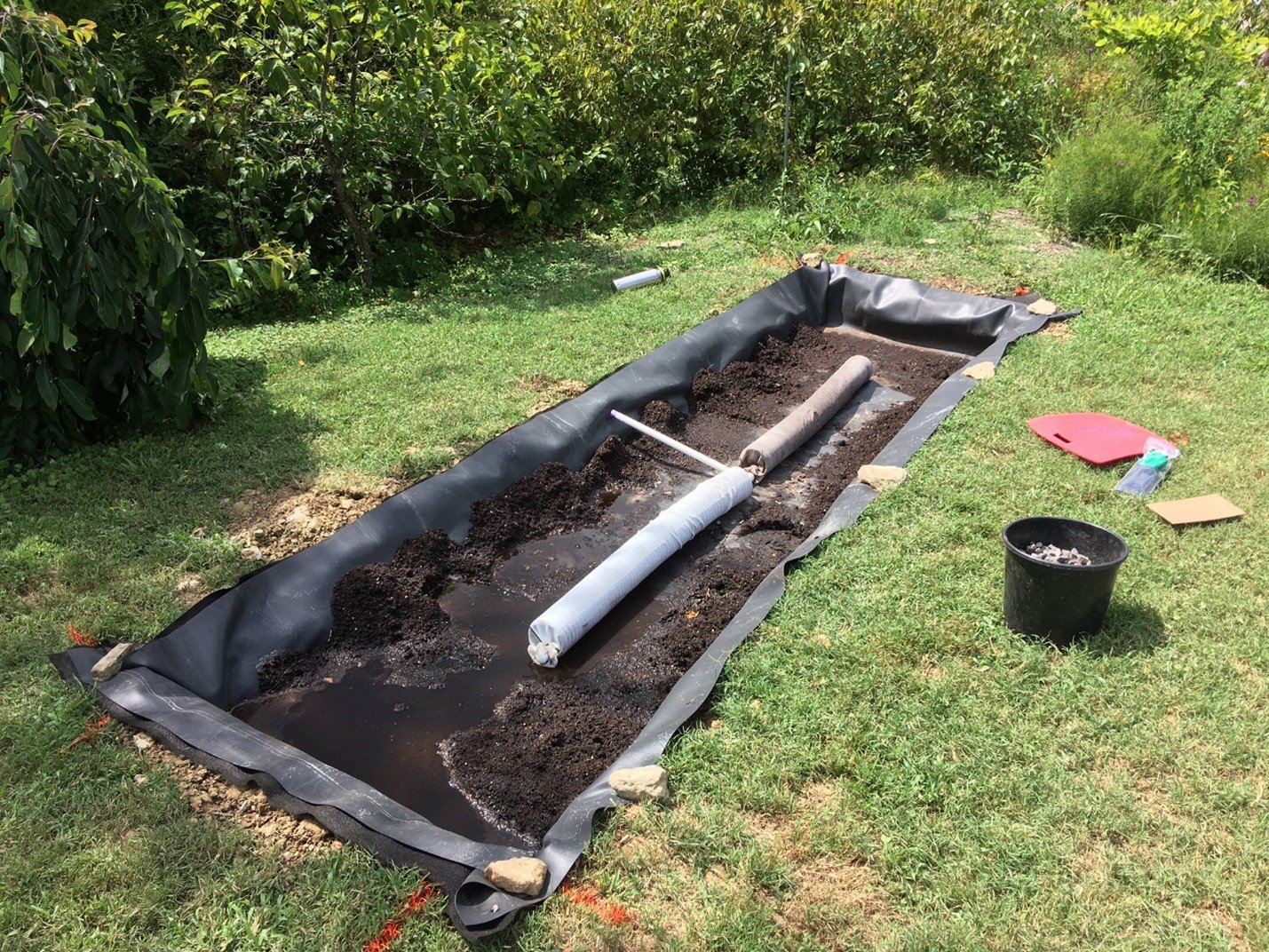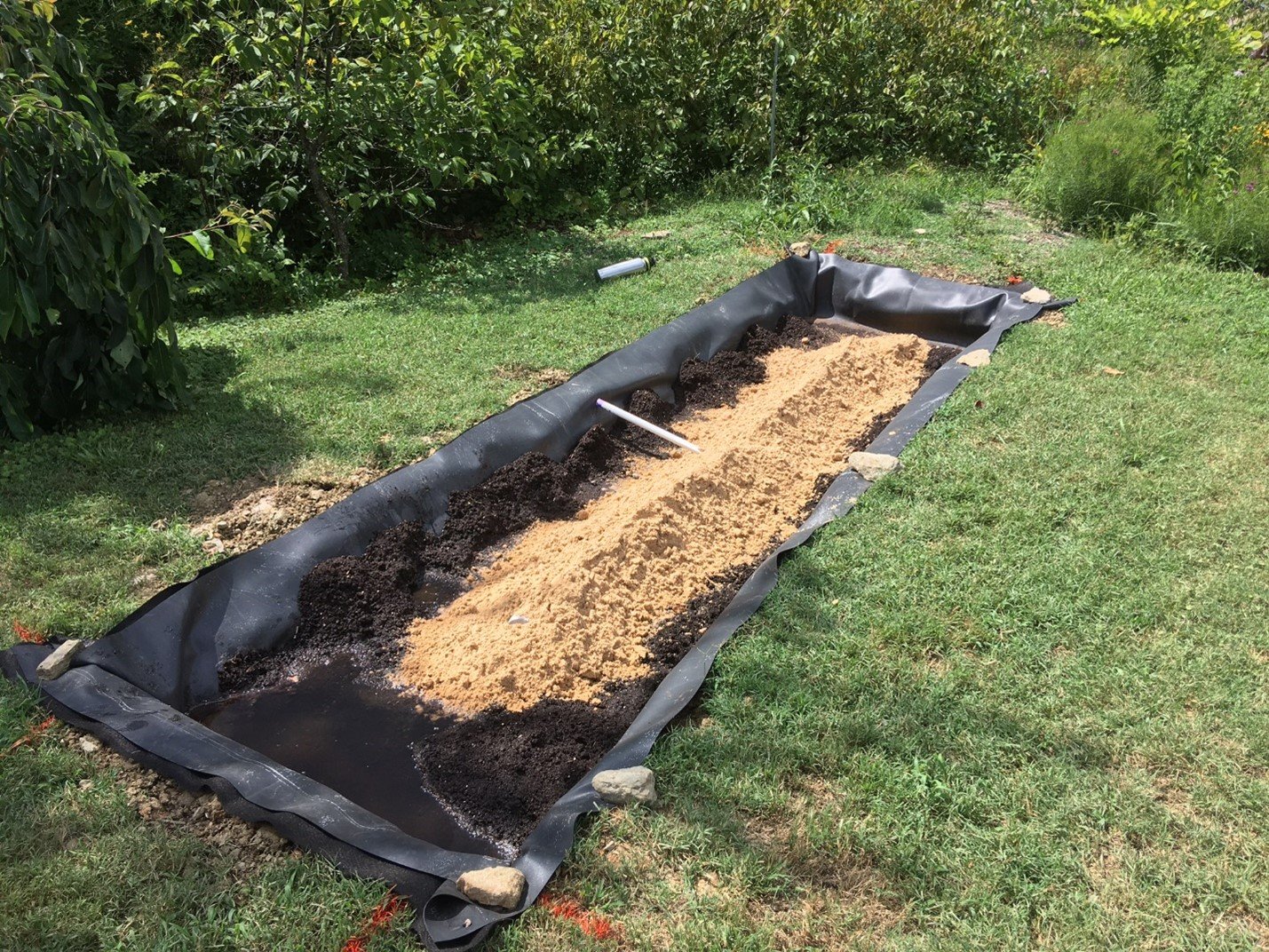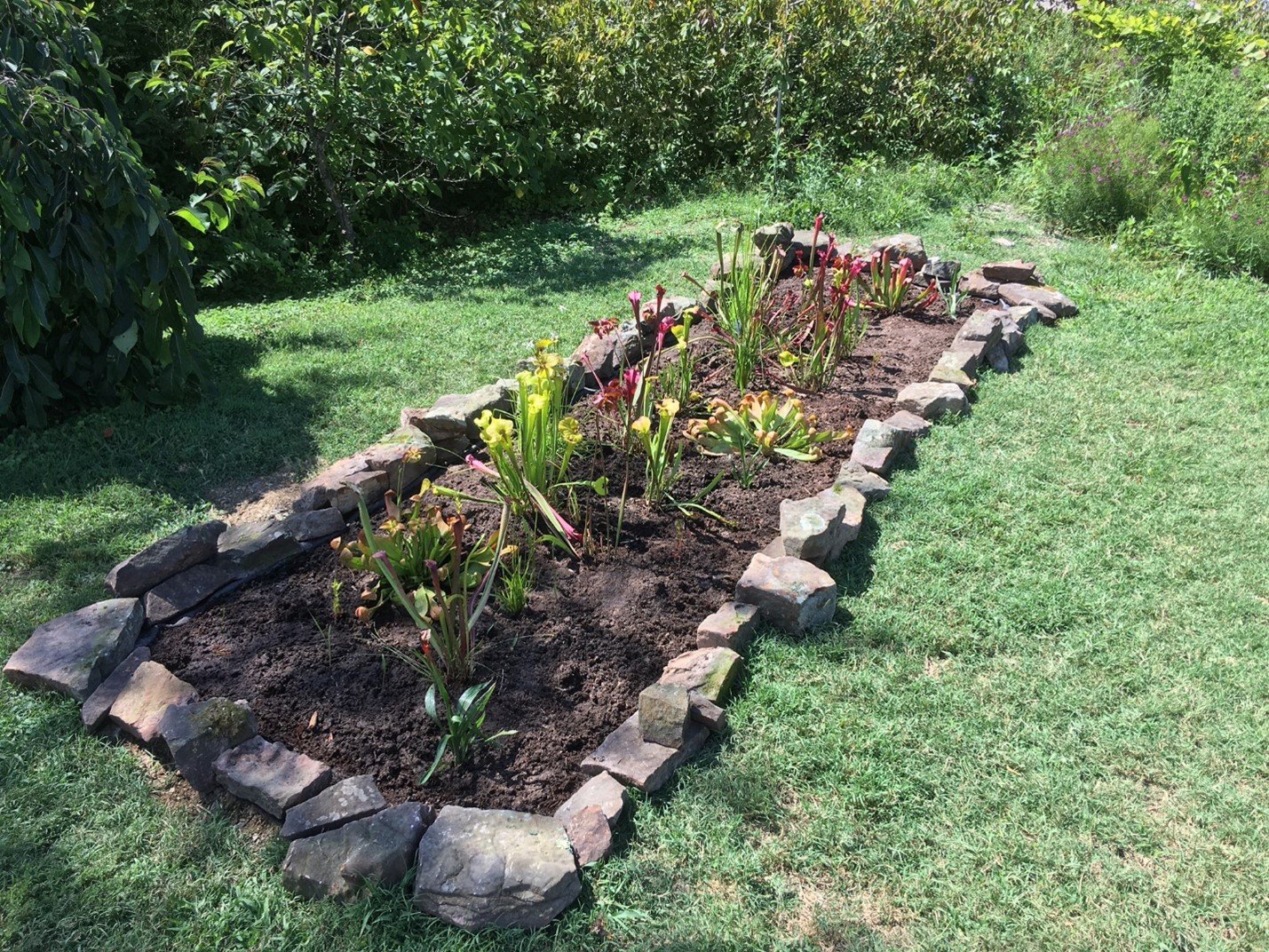Creating a Savage garden
By Richard Curzon
Bog Garden in June 2020
Bog Garden on November 5th 2022
My wife and I built a bog garden at the nursery last summer and documented the process in order to instruct customers on the basics of it. This is by no means the end-all-be-all of bog garden construction, but this is a good basic design for those who may want to make the jump from pots and small bog containers to a feature that is integrated into the landscaping.
But first, a few basics: What do you need for a bog garden, and what do the plants need? Consider these requirements:
1) Full sun, Ideally at least 6 hours daily.
2) Low mineral water (Rain water)
3) Low nutrient, acidic soil (peat moss and sand)
4) A barrier to maintain moisture, such as pond liner, kiddie pool, even an old bath tub!)
5) A drainage system to prevent flooding and stagnant water buildup.
Building of an in-ground Bog Garden
Required materials and tools:
Pond Liner
Silica Sand
Sphagnum Peat Moss
PVC Pipe
Plants
Shovel
Wheelbarrow
Bow Rake
String with metal stakes
The First Steps
First of all you need to be very sure about the spot you’re putting your in-ground bog garden. This is different than up on the ground garden as you can’t move it once its done! Think about you location like, would you plant a garden there? Would tomatoes grow happily and make produce? If you answer yes, then let’s start digging!
We dug about 1 ft. deep “trench”. You want the bottom and the sides be smooth so that the liner we’ll put later won’t get poked by sharp things
Once you are happy with your bog garden base put some sand on the bottom to make it smooth and easier to level.
The last Steps:
Lay the pond liner on the bottom of the bog. The size of our bog was determined by the size of the pond liner
Add some peat on the bottom and wet it
Create a drainage system by gluing 3 pieces of PVC pipe…. RICH
Put Pv pipe inside a drainage tube (with holes) and fill the pipe with sand
Make a mound of sand around the drainage pipe and then fill the rest of the bog with 50/50 peat moss and sand. Mix well.
Water the bog. This might take couple of days and its very helpful to get actual rain to help the soil to compress and become wet.
Once you have decided that the bog is saturated enough you can plant your plants!
Added plants
Non-Carnivorous
Sphagnum (different species)
Rhexia virginica
Rhynchospora colorata (planted with pots to restrain spreading)
Xyris sp.
Eupatorium sp. (Boneset)
Habenaria repens
Pogonia ophioglossoides
Carnivorous
Sarracenia alata var. nigrapurpurea
Sarracenia flava var. rugelii
Sarracenia Dana’s Delight
Dionaea muscipula
Drosera tracyi
Drosera filiformis
Drosera intermedia
Sarracenia rosea
Sarracenia x excellens
Sarracenia leucophylla
Sarracenia ‘Ruby Throat #13’

